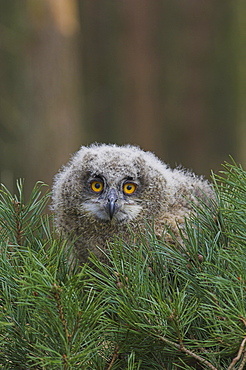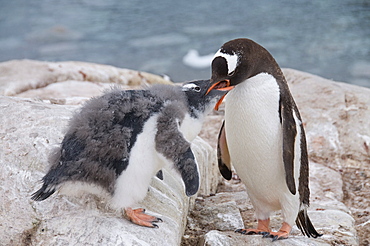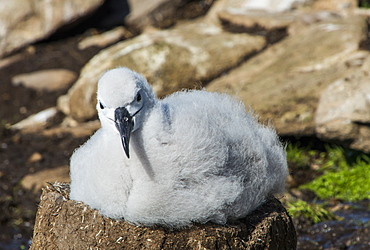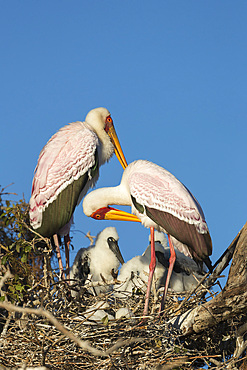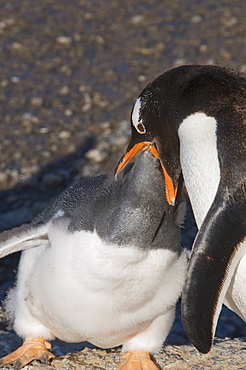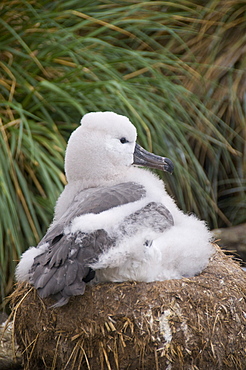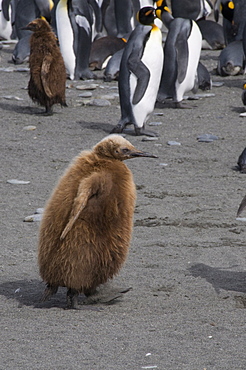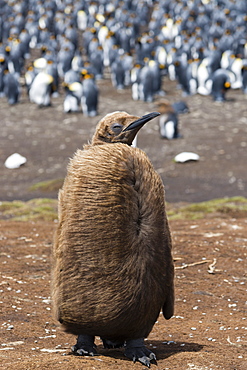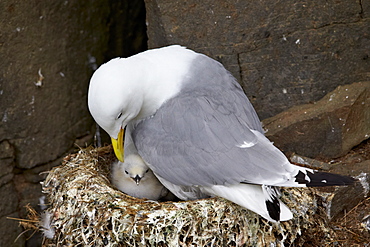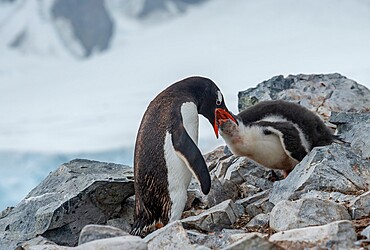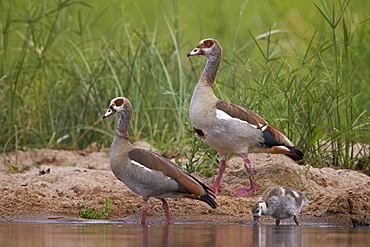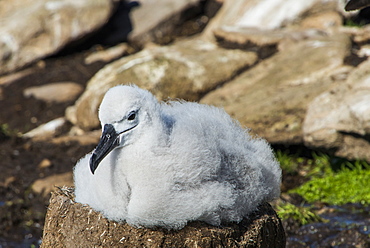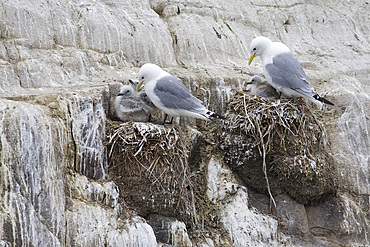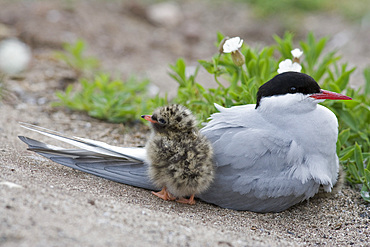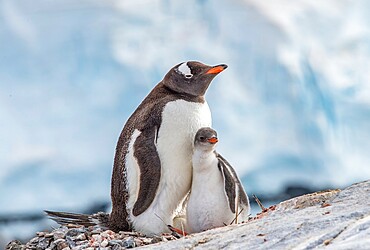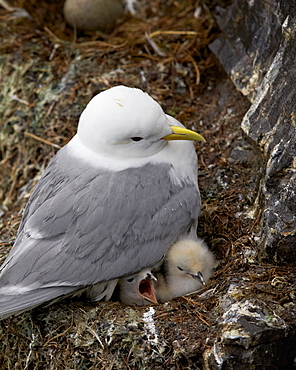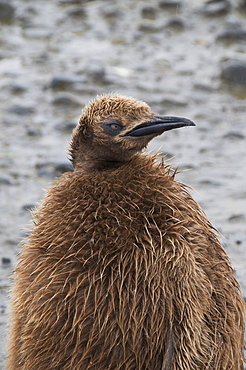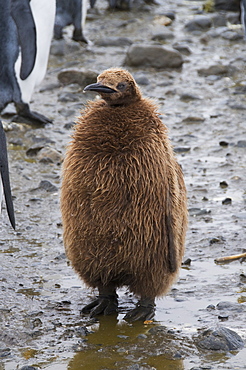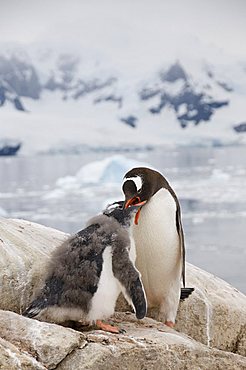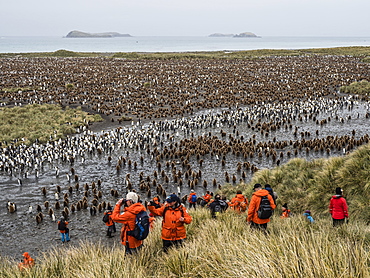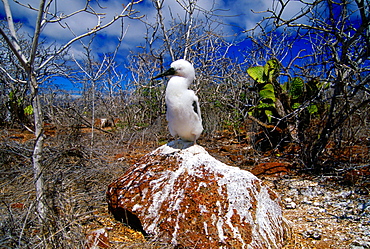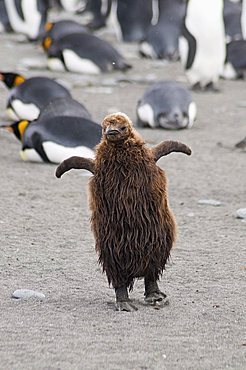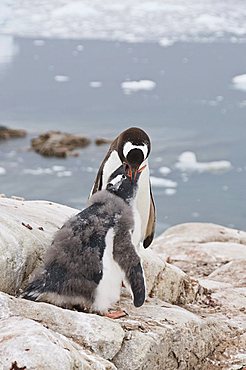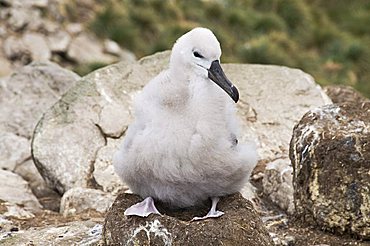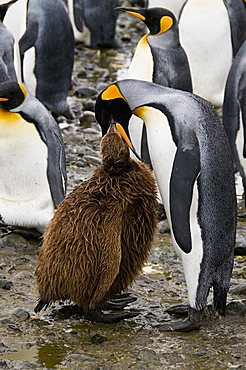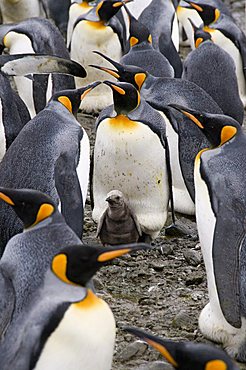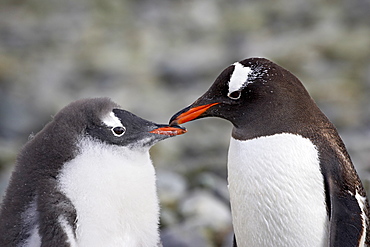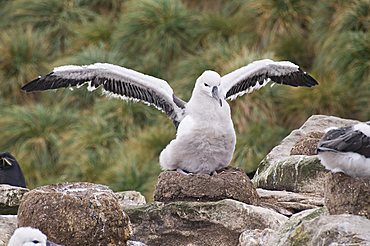Results
« Previous 1 … 3 4 5
473 results found
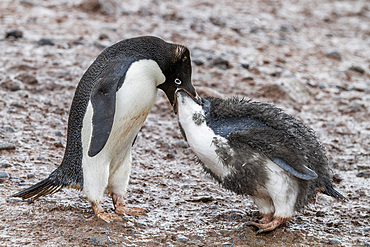
Adelie penguin (Pygoscelis adeliae) adult feeding chick at breeding colony at Brown Bluff, Antarctica, Polar Regions
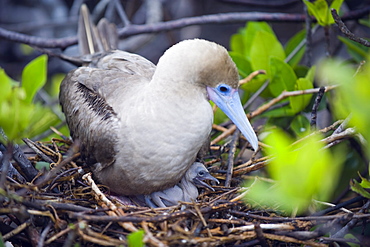
Red footed booby and chick, Isla Genovesa, Galapagos Islands, UNESCO World Heritage Site, Ecuador, South America

An adult Andean gull (Chroicocephalus serranus), with chick near its nest, Andean Central Volcanic Zone, Chile, South America

Adult gentoo penguin (Pygoscelis papua), feeding hungry chicks at Brown Bluff, Antarctica, Polar Regions
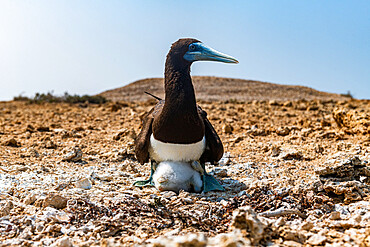
Brown Booby (Sula leucogaster) with its chick, Farasan islands, Kingdom of Saudi Arabia, Middle East
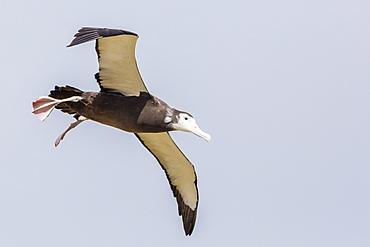
Wandering albatross (Diomedea exulans) chick test flight in high winds, Prion Island, South Georgia, UK Overseas Protectorate, Polar Regions
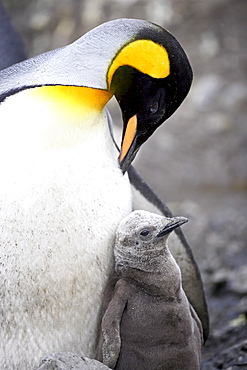
King penguin (Aptenodytes patagonica) adult and first season chick, Salisbury Plain, South Georgia, Polar Regions
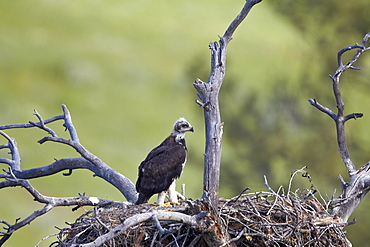
Golden Eagle (Aquila chrysaetos) chick about 50 days old, Stillwater County, Montana, United States of America, North America
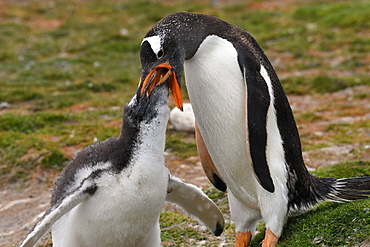
Gentoo penguin (Pygoscelis papua) feeding its chick, Volunteer Point, Falkland Islands, South America
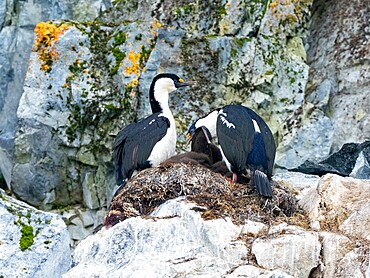
Antarctic shags (Leucocarbo bransfieldensis), feeding chick on Brabant Island, Antarctica, Polar Regions
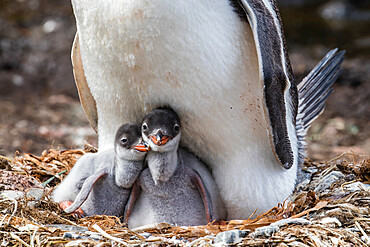
Adult gentoo penguin (Pygoscelis papua) on nest with chicks at Gold Harbor, South Georgia Island, Polar Regions
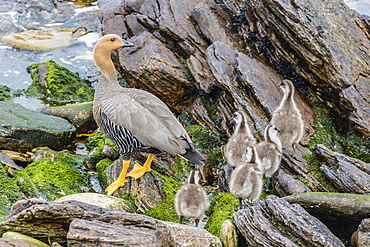
Adult female upland goose (Chloephaga picta leucoptera) with goslings at Carcass Island, Falkland Islands, U.K. Overseas Protectorate, South America

Adult Arctic tern (Sterna paradisaea) returning from the sea with fish for its chick on Flatey Island, Iceland, Polar Regions
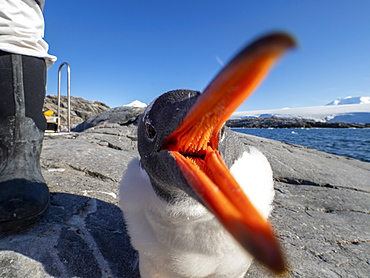
Curious gentoo penguin chick (Pygoscelis papua), Jougla Point, Wiencke Island, Antarctica, Polar Regions
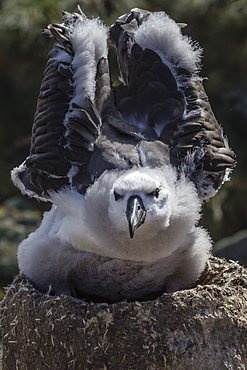
Black-browed albatross (Thalassarche melanophris) chick testing its wings in the New Island Nature Reserve, Falkland Islands, South America
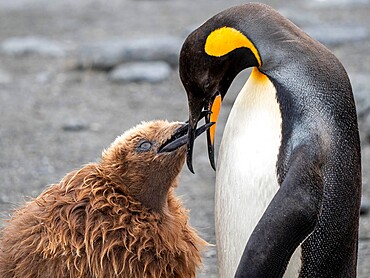
King penguin (Aptenodytes patagonicus), adult feeding a chick at breeding colony in Gold Harbour, South Georgia, South Atlantic, Polar Regions
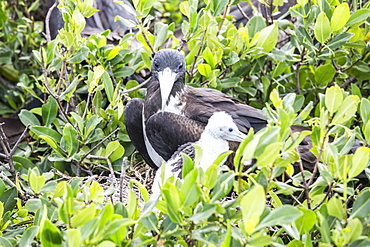
Mother and chick frigate bird resting on mangrove away from the dangers of the sky, Frigate Bird Sanctuary, Barbuda, Antigua and Barbuda, Leeward Islands, West Indies, Caribbean, Central America
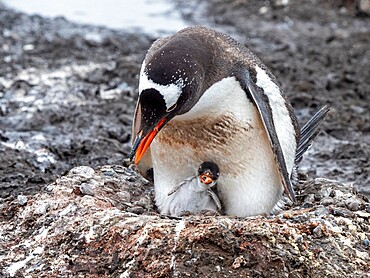
A gentoo penguin (Pygoscelis papua) chick with its parent on Barrientos Island, Aitcho Island Group, Antarctica, Polar Regions
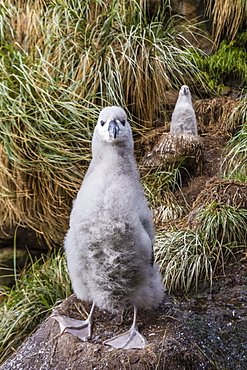
Black-browed albatross (Thalassarche melanophris) chicks in nest on Saunders Island, Falkland Islands, UK Overseas Protectorate, South America

Crowned plover or crowned lapwing (Vanellus coronatus) adult with two chicks, Addo Elephant National Park, South Africa, Africa
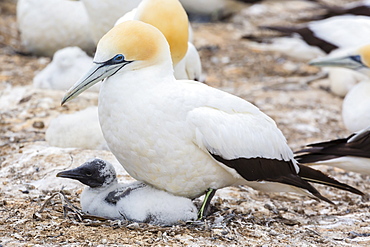
Australasian gannet (Morus serrator) with chick at Cape Kidnappers, North Island, New Zealand, Pacific
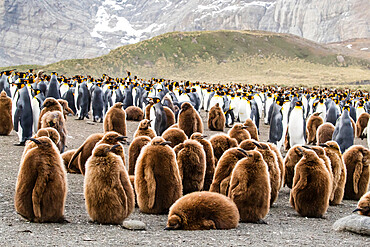
Adult king penguins and oakum boy chicks (Aptenodytes patagonicus), at Gold Harbor, South Georgia Island, Polar Regions
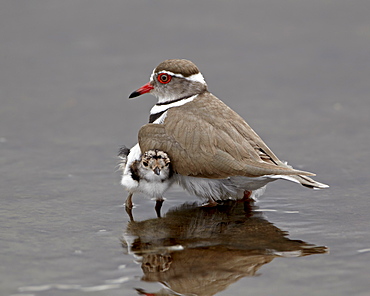
Three-banded plover (Charadrius tricollaris) adult and chick, Kruger National Park, South Africa, Africa
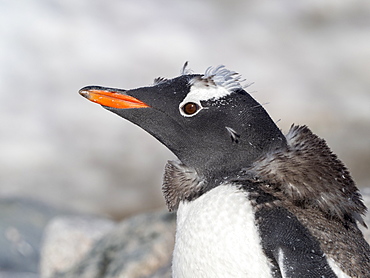
Gentoo penguin chick (Pygoscelis papua) molting at the breeding colony on Cuverville Island, Antarctica, Polar Regions
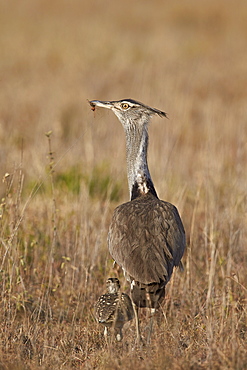
Kori bustard (Ardeotis kori) adult and ckick, Ngorongoro Conservation Area, Tanzania, East Africa, Africa
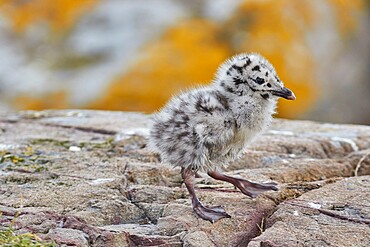
A chick of a Great Black-backed Gull (Larus marinus), on Staple Island, Farne Islands, Northumberland, England, United Kingdom, Europe
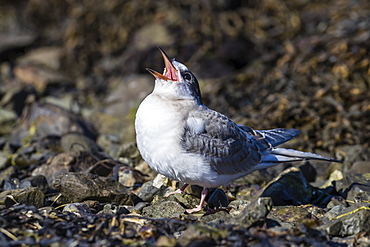
Arctic tern chick (Sterna paradisaea), calling for food from its parent on Flatey Island, Iceland, Polar Regions
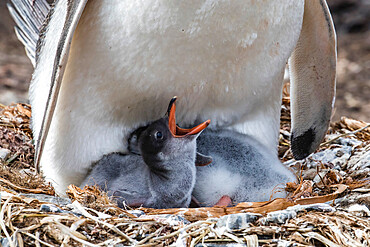
Adult gentoo penguin (Pygoscelis papua) on nest with chicks at Gold Harbor, South Georgia Island, Polar Regions
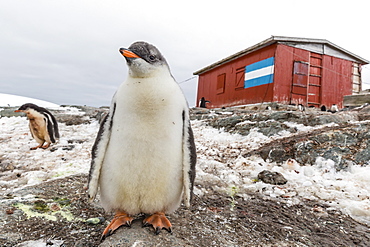
Gentoo penguin chicks (Pygoscelis papua) at Argentine rescue hut, Mikkelsen Harbor, Trinity Island, Antarctica, Polar Regions
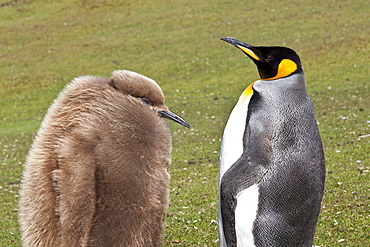
King penguin (Aptenodytes patagonicus) with chick, inland, the Neck, Saunders Island, Falkland Islands, South America
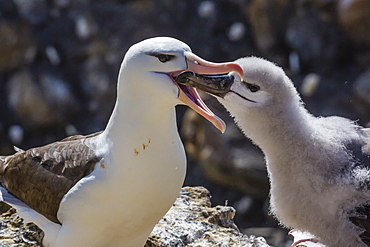
Adult black-browed albatross (Thalassarche melanophris) feeding chick in the New Island Nature Reserve, Falkland Islands, South America
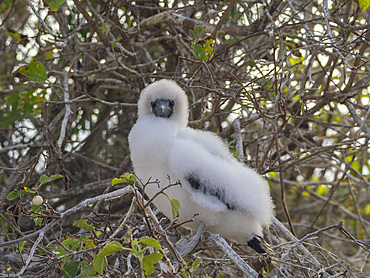
A red-footed booby (Sula sula) chick in a tree at Punta Pitt, San Cristobal Island, Galapagos Islands, UNESCO World Heritage Site, Ecuador, South America
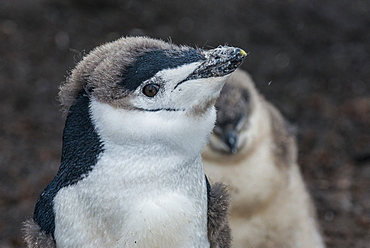
Chinstrap penguin chick (Pygoscelis antarctica) on a black volcanic beach, Saunders Island, South Sandwich Islands, Antarctica, Polar Regions

Adult gentoo penguin (Pygoscelis papua), feeding its chick on Prion Island, Bay of Isles, South Georgia, Polar Regions

Adult gentoo penguin (Pygoscelis papua) feeding chick at Jougla Point, Wiencke Island, Antarctica, Polar Regions
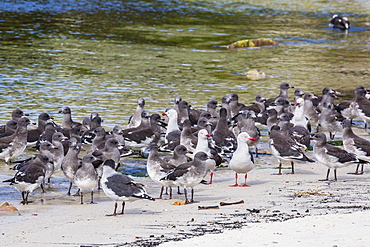
Adult dolphin gulls (Leucophaeus scoresbii) amongst chick creche, New Island Nature Reserve, Falkland Islands, South America
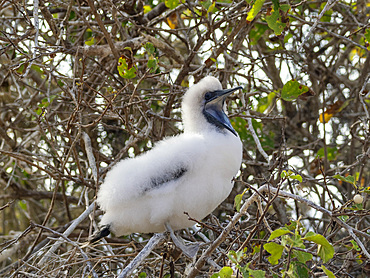
A red-footed booby (Sula sula) chick in a tree at Punta Pitt, San Cristobal Island, Galapagos Islands, UNESCO World Heritage Site, Ecuador, South America

Adult gentoo penguin (Pygoscelis papua), amongst king penguins in Gold Harbor, South Georgia, Polar Regions
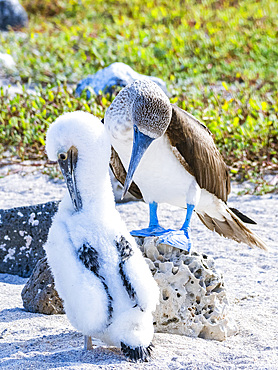
Adult Blue-footed booby (Sula nebouxii) with chick on North Seymour Island, Galapagos Islands, UNESCO World Heritage Site, Ecuador, South America
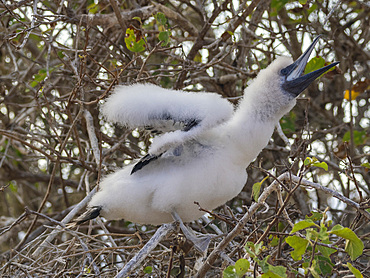
A red-footed booby (Sula sula) chick in a tree at Punta Pitt, San Cristobal Island, Galapagos Islands, UNESCO World Heritage Site, Ecuador, South America
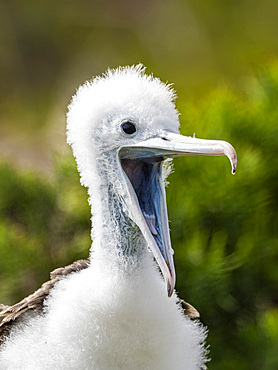
Great frigatebird (Fregata minor) chick on the nest on North Seymour Island, Galapagos Islands, UNESCO World Heritage Site, Ecuador, South America
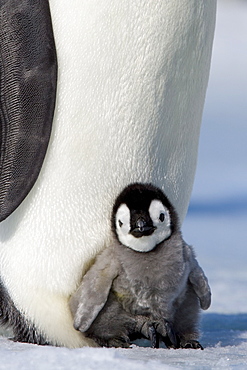
Emperor penguin chick (Aptenodytes forsteri), Snow Hill Island, Weddell Sea, Antarctica, Polar Regions
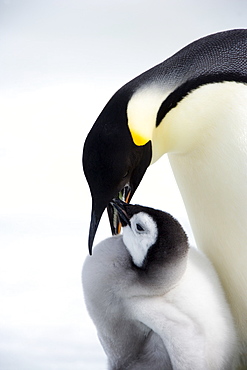
Emperor penguin (Aptenodytes forsteri) and chick, Snow Hill Island, Weddell Sea, Antarctica, Polar Regions

Emperor penguin chick (Aptenodytes forsteri), Snow Hill Island, Weddell Sea, Antarctica, Polar Regions
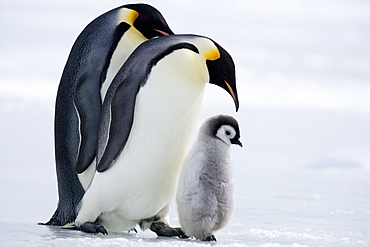
Emperor penguins (Aptenodytes forsteri) and chick, Snow Hill Island, Weddell Sea, Antarctica, Polar Regions
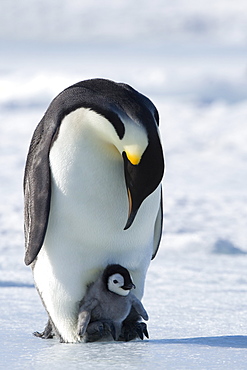
Emperor penguin (Aptenodytes forsteri) and chick, Snow Hill Island, Weddell Sea, Antarctica, Polar Regions
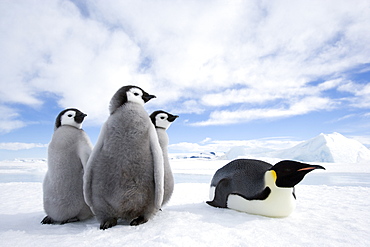
Emperor penguin (Aptenodytes forsteri) and chicks, Snow Hill Island, Weddell Sea, Antarctica, Polar Regions
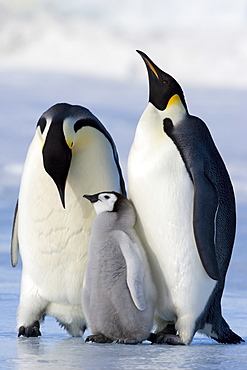
Emperor penguins (Aptenodytes forsteri) and chick, Snow Hill Island, Weddell Sea, Antarctica, Polar Regions
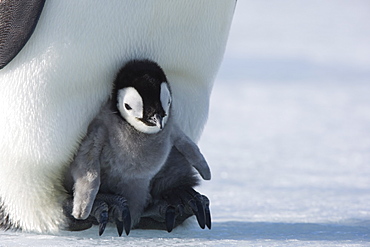
Emperor penguin chick (Aptenodytes forsteri), Snow Hill Island, Weddell Sea, Antarctica, Polar Regions
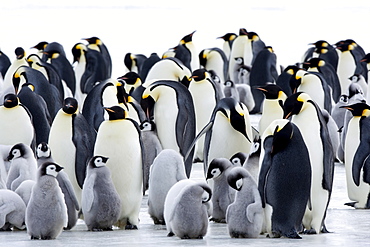
Colony of Emperor penguins (Aptenodytes forsteri) and chicks, Snow Hill Island, Weddell Sea, Antarctica, Polar Regions
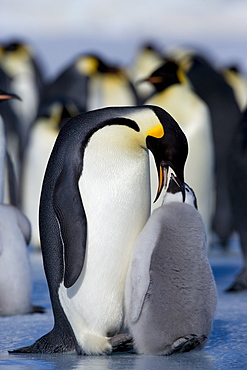
Emperor penguin (Aptenodytes forsteri) and chick, Snow Hill Island, Weddell Sea, Antarctica, Polar Regions
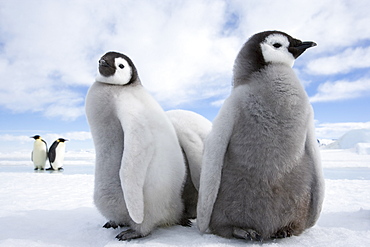
Emperor penguin chicks (Aptenodytes forsteri), Snow Hill Island, Weddell Sea, Antarctica, Polar Regions
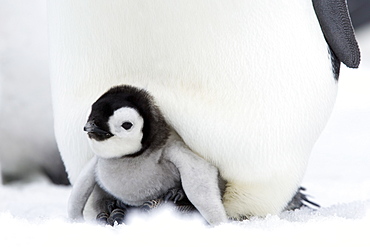
Emperor penguin chick (Aptenodytes forsteri), Snow Hill Island, Weddell Sea, Antarctica, Polar Regions
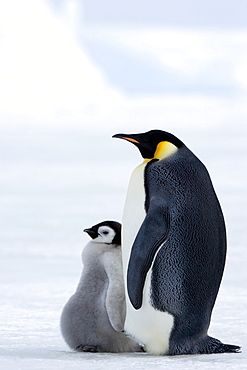
Emperor penguin (Aptenodytes forsteri) and chick, Snow Hill Island, Weddell Sea, Antarctica, Polar Regions
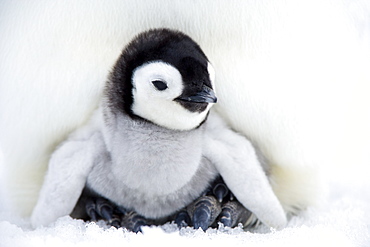
Emperor penguin chick (Aptenodytes forsteri), Snow Hill Island, Weddell Sea, Antarctica, Polar Regions
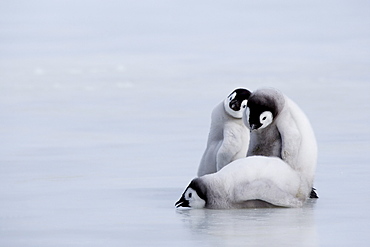
Emperor penguin chicks (Aptenodytes forsteri), Snow Hill Island, Weddell Sea, Antarctica, Polar Regions
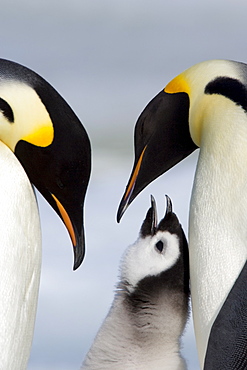
Emperor penguins (Aptenodytes forsteri) and chick, Snow Hill Island, Weddell Sea, Antarctica, Polar Regions
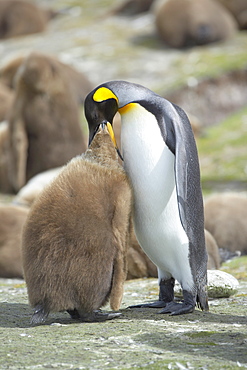
An adult King penguin (Aptenodytes patagonicus) feeding its chick, Volunteer Point, East Falkland, Falkland Islands, South Atlantic, South America
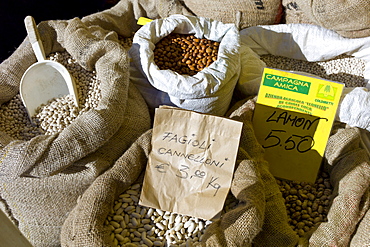
Beans and pulses, including Lamon, fagioli cannelloni beans, borlotti beans and chick peas on sale in food market in Pienza, Tuscany, Italy
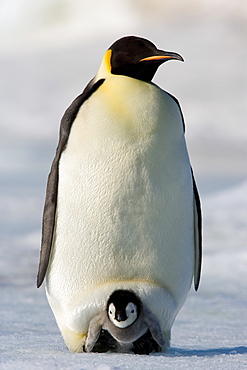
Emperor penguin (Aptenodytes forsteri) and chick, Snow Hill Island, Weddell Sea, Antarctica, Polar Regions
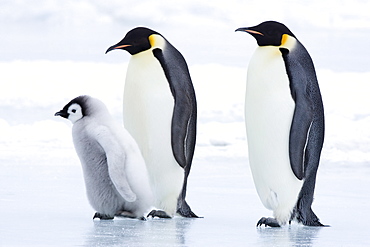
Emperor penguins (Aptenodytes forsteri) and chick, Snow Hill Island, Weddell Sea, Antarctica, Polar Regions
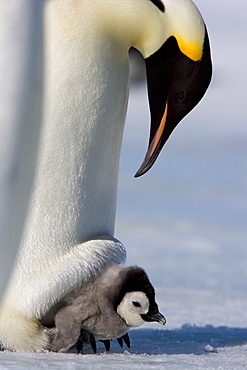
Emperor penguin (Aptenodytes forsteri) and chick, Snow Hill Island, Weddell Sea, Antarctica, Polar Regions
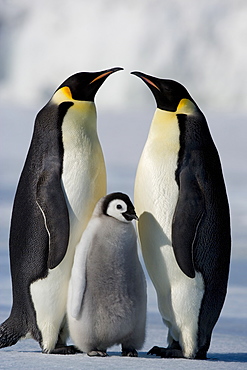
Emperor penguins (Aptenodytes forsteri) and chick, Snow Hill Island, Weddell Sea, Antarctica, Polar Regions
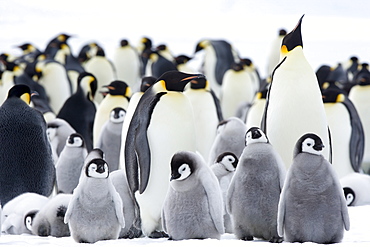
Emperor penguins (Aptenodytes forsteri) and chicks, Snow Hill Island, Weddell Sea, Antarctica, Polar Regions
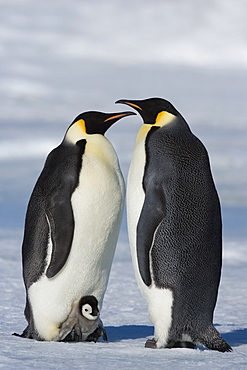
Emperor penguins (Aptenodytes forsteri) and chick, Snow Hill Island, Weddell Sea, Antarctica, Polar Regions
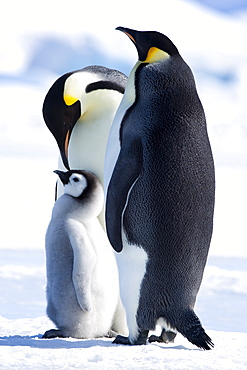
Emperor penguins (Aptenodytes forsteri) and chick, Snow Hill Island, Weddell Sea, Antarctica, Polar Regions
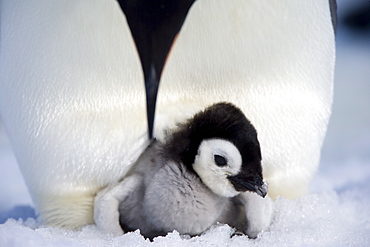
Emperor penguin chick (Aptenodytes forsteri), Snow Hill Island, Weddell Sea, Antarctica, Polar Regions
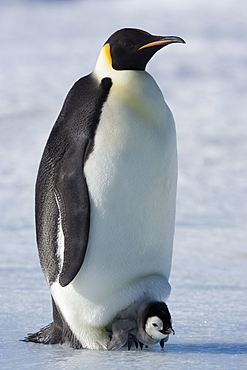
Emperor penguin (Aptenodytes forsteri) and chick, Snow Hill Island, Weddell Sea, Antarctica, Polar Regions
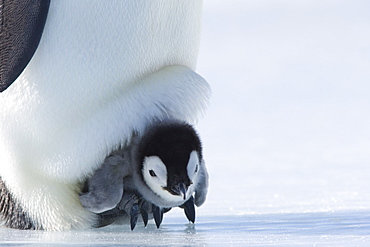
Emperor penguin chick (Aptenodytes forsteri), Snow Hill Island, Weddell Sea, Antarctica, Polar Regions
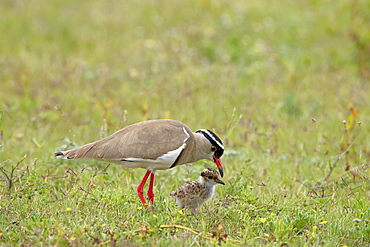
Crowned plover or crowned lapwing (Vanellus coronatus) adult teaching chick to hunt, Addo Elephant National Park, South Africa, Africa
